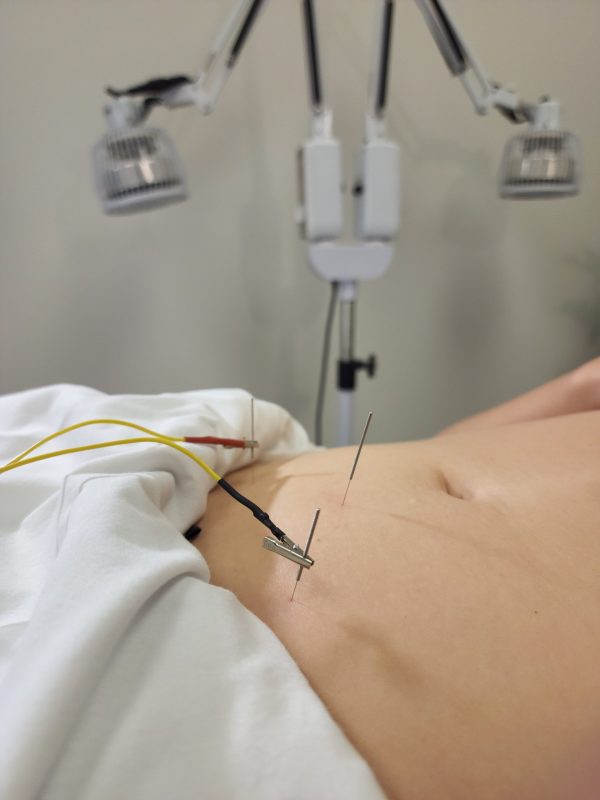Treating the Root Cause of Migraines
When we think of histamine most people will immediately picture the runny nose, itchy eyes and scratchy throat that they experience with their allergies. If that’s where your mind goes, you’re right! Histamine is responsible for those symptoms, but it plays a role in many other physiologic processes in the body as well. It helps our immune system respond to parasites with inflammatory chemicals, ultimately targeting the invader and removing it from our system. For this reason, histamine is pro-inflammatory. Histamine is also a neurotransmitter, and it can act on our neurons. There are 4 different types of histamine receptors, labeled H1-H4, and three of them, H1-H3, are found in the brain. Normally, histamine is used in the brain for its wake-promoting effects, but when it becomes dysregulated, other symptoms may appear.

Migraines are highly prevalent, they are listed as the sixth most common disease globally, yet their exact cause is yet to be confidently determined. Observational research has found that allergic rhinitis, atopic dermatitis, asthma, and migraines are all significantly associated, which suggests there is an immune component to the cause of migraines. Histamine is involved in the pathogenesis of these allergic symptoms, and therefore is hypothesized to also be involved in migraines. Research in this area did show that histamine levels are higher in those who experience migraines, and highest during an active migraine. H1 and H2 receptors vasodilate blood vessels when activated by histamine, this means the blood vessels widen to accommodate an increase in blood flow. When this happens in the brain it can promote wakefulness, but too much of it can result in pain. The tuberomammillary nucleus is the area in the brain from which histamine is released. Animal studies have demonstrated connections between this area of the brain and trigeminal nerve output. The trigeminal nerve is used for sensing your face and eyes. This connection indicates that histamine could be responsible for the sensitivity to light and touch that occurs during a migraine. Ultimately, there is an abundance of research supporting histamine as the prime suspect responsible for migraines.
Histamine is released in response to stressors, which may be why migraines increase in frequency during stressful periods in our lives. Dietary histamine also plays a role. Alcoholic beverages, especially red wine, are high in histamine. If you find yourself with a migraine in response to drinking, histamine is the likely culprit. Histamine is also closely connected to our reproductive hormones, especially estrogen. Mast cells house histamine, ready to release it when triggered by irritants and allergens. The problem is mast cells have receptors on their surface with a high affinity for estrogen. Estrogen binding to mast cells can increase the release of histamine. This is why we often see migraines and other inflammatory conditions worsen in certain phases of the menstrual cycle.
So now we know that migraines, histamine, and reproductive hormones are all connected. The good news is that as Naturopathic Doctors (NDs) we have multiple strategies that are effective for treating hormones and histamine, essentially getting to the root cause of the migraines. A massive proportion of our immune system is housed in our gut, so supporting gut health and balancing the microflora can benefit histamine related conditions. Decreasing dietary histamine can help manage symptoms while we work on lowering the overall histamine level in the body. Hormone related histamine symptoms can be managed with personalized supplements and lifestyle changes to support your individual hormonal needs. Lasting treatment for migraines is all about changing the body’s environment to prevent migraines from occurring in the first place.
If this approach resonates with you, working with an ND is your next step!
References:
– PMID: 973560
– PMID: 30239935
– PMID: 36247795
– PMID: 37232078 Save




